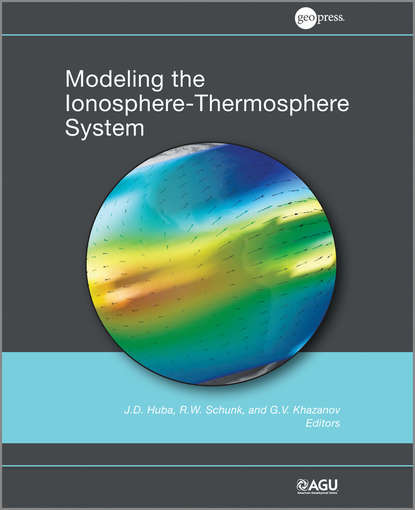“Environmental Applications of Digital Terrain Modeling” - это книга, написанная автором Джоном П. Уилсоном, которая посвящена применению цифровых моделей рельефа (DEM) в экологии.
DEM - это цифровое представление топографии поверхности земли или рельефа. Также широко известна как цифровая модель рельефа (DTM). DEM может быть представлена в виде растрового изображения (сетка квадратов) или в виде векторной модели на основе треугольной нерегулярной сети (TIN).
DEM обычно создаются с помощью методов дистанционного зондирования, но также могут быть созданы с помощью наземных исследований. DEM часто используются в географических информационных системах и являются наиболее распространенным основанием для создания цифровых карт рельефа.
Поверхность рельефа состоит из двух элементов: случайных и систематических. Случайные элементы - это непрерывные поверхности с непрерывно изменяющимся рельефом. Точное описание случайных форм рельефа может потребовать бесконечного числа точек, но на практике они могут быть описаны сетью точек. Обычно используется сеть, которая создает наклонные треугольники или регулярные квадраты.
В книге автор исследует методы и приложения использования цифровых моделей рельефа в экологических исследованиях, включая анализ изменения климата, оценку воздействия на окружающую среду и моделирование экосистем. Он также рассматривает различные методы построения DEM, такие как методы интерполяции, спектральные методы и методы на основе данных дистанционного зондирования.
Электронная Книга «Environmental Applications of Digital Terrain Modeling» написана автором John P. Wilson в году.
Минимальный возраст читателя: 0
Язык: Английский
ISBN: 9781118936207
Описание книги от John P. Wilson
A digital elevation model (DEM) is a digital representation of ground surface topography or terrain. It is also widely known as a digital terrain model (DTM). A DEM can be represented as a raster (a grid of squares) or as a vector based triangular irregular network (TIN). DEMs are commonly built using remote sensing techniques, but they may also be built from land surveying. DEMs are used often in geographic information systems, and are the most common basis for digitally-produced relief maps. The terrain surface can be described as compromising of two different elements; random and systematic. The random (stochastic) elements are the continuous surfaces with continuously varying relief. It would take an endless number of points to describe exactly the random terrain shapes, but these can be described in practice with a network of point. It is usual to use a network that creates sloping triangles or regular quadrants. This book examines how the methods and data sources used to generate DEMs and calculate land surface parameters have changed over the past 25 years. The primary goal is to describe the state-of-the-art for a typical digital terrain modeling workflow that starts with data capture, continues with data preprocessing and DEM generation, and concludes with the calculation of one or more primary and secondary land surface parameters. Taken as a whole, this book covers the basic theory behind the methods, the instrumentation, analysis and interpretation that are embedded in the modern digital terrain modeling workflow, the strengths and weaknesses of the various methods that the terrain analyst must choose among, typical applications of the results emanating from these terrain modeling workflows, and future directions. This book is intended for researchers and practitioners who wish to use DEMs, land surface parameters, land surface objects and landforms in environmental projects. The book will also be valuable as a reference text for environmental scientists who are specialists in related fields and wish to integrate these kinds of digital terrain workflows and outputs into their own specialized work environments.



















